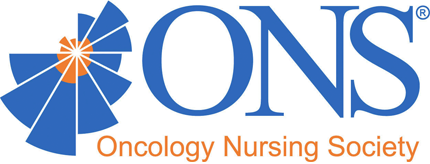Evaluation of Conceptual Framework for Recruitment of African American Patients With Breast Cancer
Purpose/Objectives: To describe the Heiney-Adams Recruitment Framework (H-ARF); to delineate a recruitment plan for a randomized, behavioral trial (RBT) based on H-ARF; and to provide evaluation data on its implementation.
Data Sources: All data for this investigation originated from a recruitment database created for an RBT designed to test the effectiveness of a therapeutic group convened via teleconference for African American women with breast cancer.
Data Synthesis: Major H-ARF concepts include social marketing and relationship building. The majority of social marketing strategies yielded 100% participant recruitment. Greater absolute numbers were recruited via Health Insurance Portability and Accountability Act waivers. Using H-ARF yielded a high recruitment rate (66%).
Conclusions: Application of H-ARF led to successful recruitment in an RBT. The findings highlight three areas that researchers should consider when devising recruitment plans: absolute numbers versus recruitment rate, cost, and efficiency with institutional review board-approved access to protected health information.
Implications for Nursing: H-ARF may be applied to any clinical or population-based research setting because it provides direction for researchers to develop a recruitment plan based on the target audience and cultural attributes that may hinder or help recruitment.

